Worried about How To Teach Your Dog To Come When Called? Learn easy tricks to train your dog to come to you when called, and teach your little pup the all-important “recall” lessons.
It can be quite frustrating and often embarrassing when your dog doesn’t respond to your multiple calls. Teaching your dog to come to you when it is called is an integral part of dog training. The technical term for your dog coming to you is known as “recall”. Teaching “recall” is essential for ensuring your dog’s safety and to build a stress-free relationship.
Contents
Why Dog’s Need to Know Their Name?
One of the first things you do when you bring your lovable pup into your life and home is to give it an adorable name. Most dog owners give a lot of thought when naming their furry ball of joy.
However, it can be embarrassing and heartbreaking if your faithful friend doesn’t respond to you when you call him. It is essential for pup’s and dog’s to respond to their name:
- It is the first step in canine-human communication.
- It helps in training “recall” to the little pup.
- It is an essential part of the overall training and disciplinary teaching.
- It is beneficial for building a pet-owner bond and rapport.
How to Teach Your Dog to Come When Called?
Here are simple steps to follow to ensure how to train your dog to come every time you call it:
1. Use a consistent cue:
Consistency is very essential when it comes to teaching your pup the very important lessons of “recall”. Always remember to keep the same cue or call words when you want to call your pup. Among the first words, that dog owners usually teach their pup is “Come.”
The “Come” command is often taught with the help of another helper. While one person holds the pup, the other keeps calling him using the word “Come”. Always remember to praise your pup when it responds successfully to the “Come” command.
And remember to keep using the exact command every time you call it. In the initial stages, remain consistent with your command to ensure that your pup doesn’t get confused with multiple commands.
2. Positive reinforcements:
Positive reinforcements are the secret behind successful dog training. With every successful attempt by your pet, it is of utmost importance to provide it with different rewards. A reward reminds the puppy to behave in the same way every time. Rewards like dog treats, words of praise, cuddly hugs, and toys are strong motivators.
Positive reinforcements go a long way in encouraging your puppy to follow instructions. Dogs love their owners a lot and are always looking to make them happy. When you shower your beloved bow-wow with hugs and words of appreciation, the little pup will repeat its behavior to keep you happy.
3. No punishments please:
While positive reinforcements are very suitable for dog training, owners must keep in mind that negative reinforcements are equally detrimental. Dog training is a very challenging process, not just for the dog owner but also for the little canine. Very often, under frustrating conditions, tempers may soar and it is easy for dog owner’s to lose their cool.
Never hit your dog or slap it. It is absolutely a big no-no to kick or smack your little pup. Violence can teach aggression to your dog. Dogs do not like being punished and may avoid training and learning if they are subjected to constant punishments.
4. Long Leash:
It is a common mistake that people make that keeping a dog leash free will help in better training. However, off-leash dogs tend to be more irresponsible than dogs on leash. The owner will face issues controlling the pet. An off-leash dog faces the danger of meeting with an accident and hurting itself. It is also a source of danger to humans and other pets.
Being on a leash is an important norm that dogs need to understand. A long leash can be extended up to 50 feet. It provides enough space to your dog to allow it to explore its surroundings freely and at the same time, you can control its safety as well as that of those around it.
5. Using Hunger Pangs:
One of the best times to train your dog is when they are a little bit hungry. A hungry dog is low on energy and it won’t be as boisterous as when it is well fed. Also, a hungry pet will associate quicker with food treat rewards.
On the other hand, a dog with a full stomach can be a playful bundle of energy. It will be a lot more mischievous as well. Training a playful dog is more difficult than training a hungry dog. Fix up a routine schedule when training sessions take place before the dog is fed its snack or meal.
6. Use the whistle:
Ever wondered why dog owners use a whistle to call their pet? The simple reason is that a dog whistle really does work.
Some of the reasons why using a whistle in recall training are essential:
- It emanates a constant call sound.
- It is easy to use. It can be used by children and seniors also.
- The sound of the whistle travels farther than the human voice.
- The high pitch of the sound is easy for the pet to identify.
- It saves dog owners the effort of repeatedly calling their pet.
7. Short sessions:
Little pups are like human children. They need their play-time and have a limited attention span. Long training sessions do not work with them as the exuberant puppy is sure to lose interest in the training after some time. Having short training sessions at regular intervals are more suitable for dog training. Recall training is crucial for a dog’s growth. Ensure that there are no distractions around the puppy and you when you are teaching it these vital lessons.
Teaching the “recall” lessons, and the “call” command to your pup may seem a daunting and overwhelming task. With regular training, consistency, and positive motivation your faithful friend will soon respond to your call every time without fail.
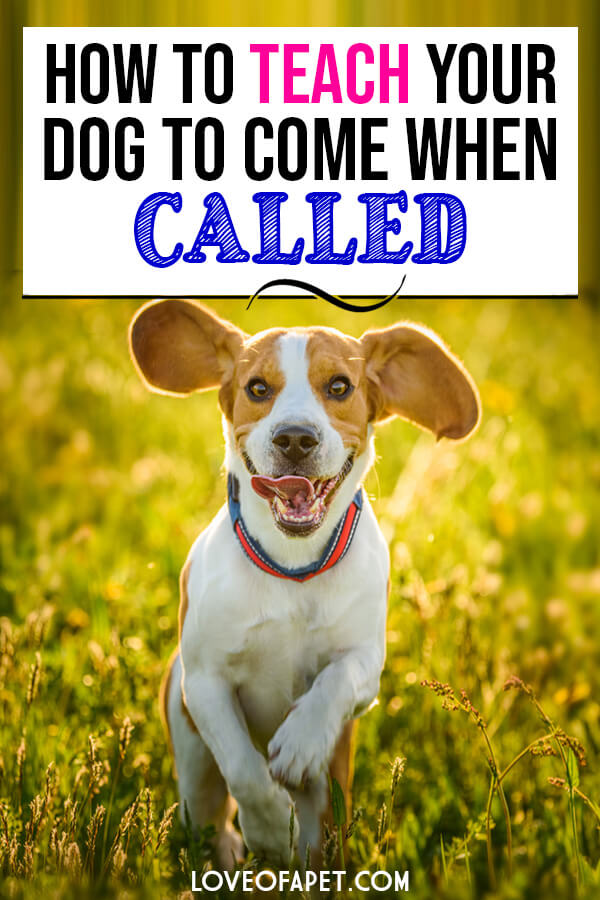
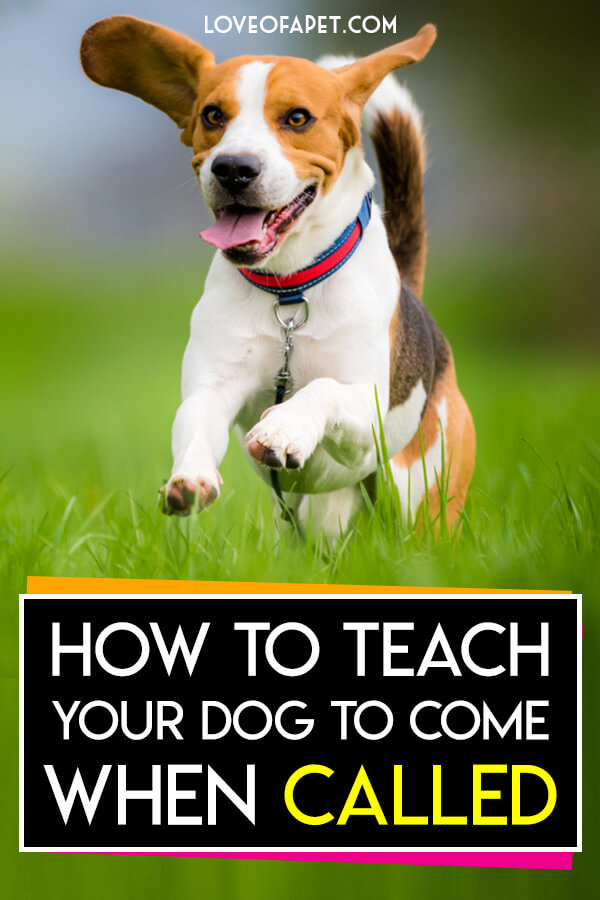

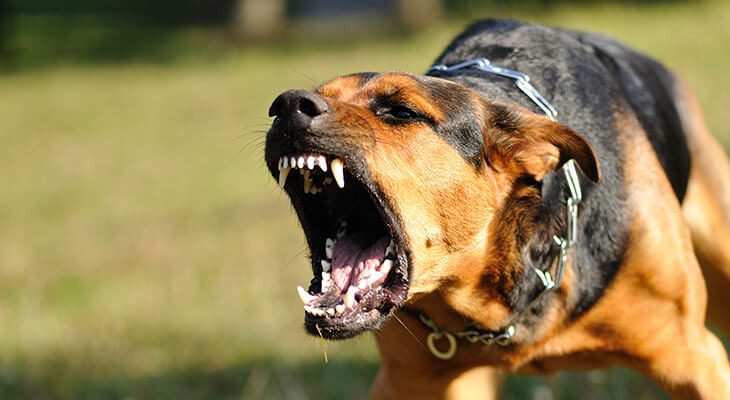
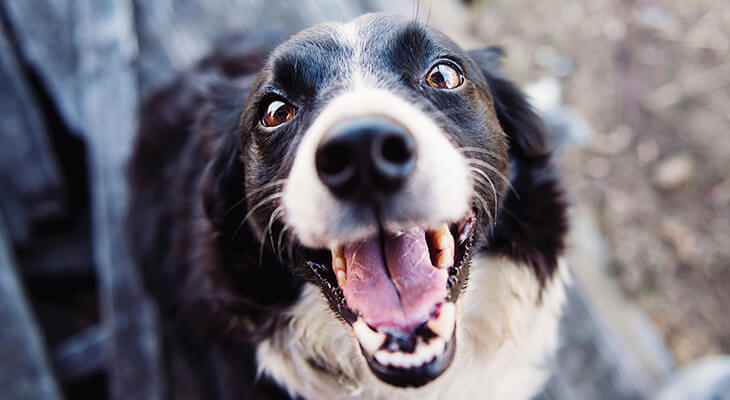
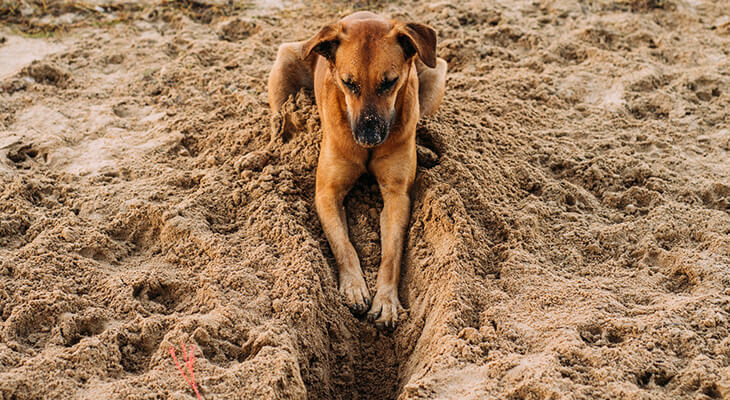
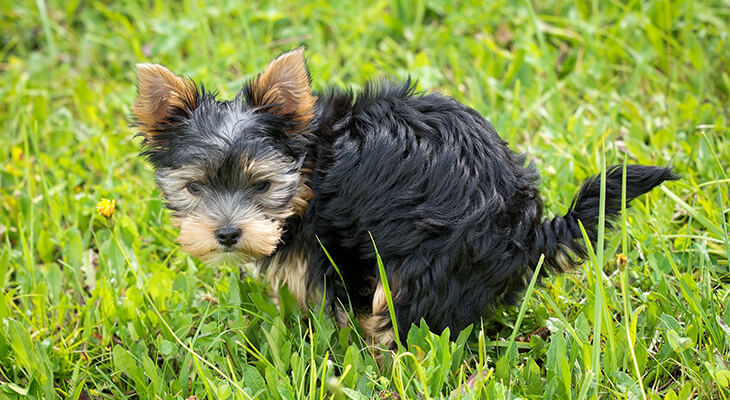
Very helpful to coming when called.
Thx.
Now how do U stop a puppy from backing away from U when U reach for… thinks it is a game?
You should make sure that you are not reaching for your puppy aggressively, and try to figure out why the puppy is backing away. If the puppy is scared, stay still and let the puppy come to you. If the puppy is acting aggressive, back away and try again later.